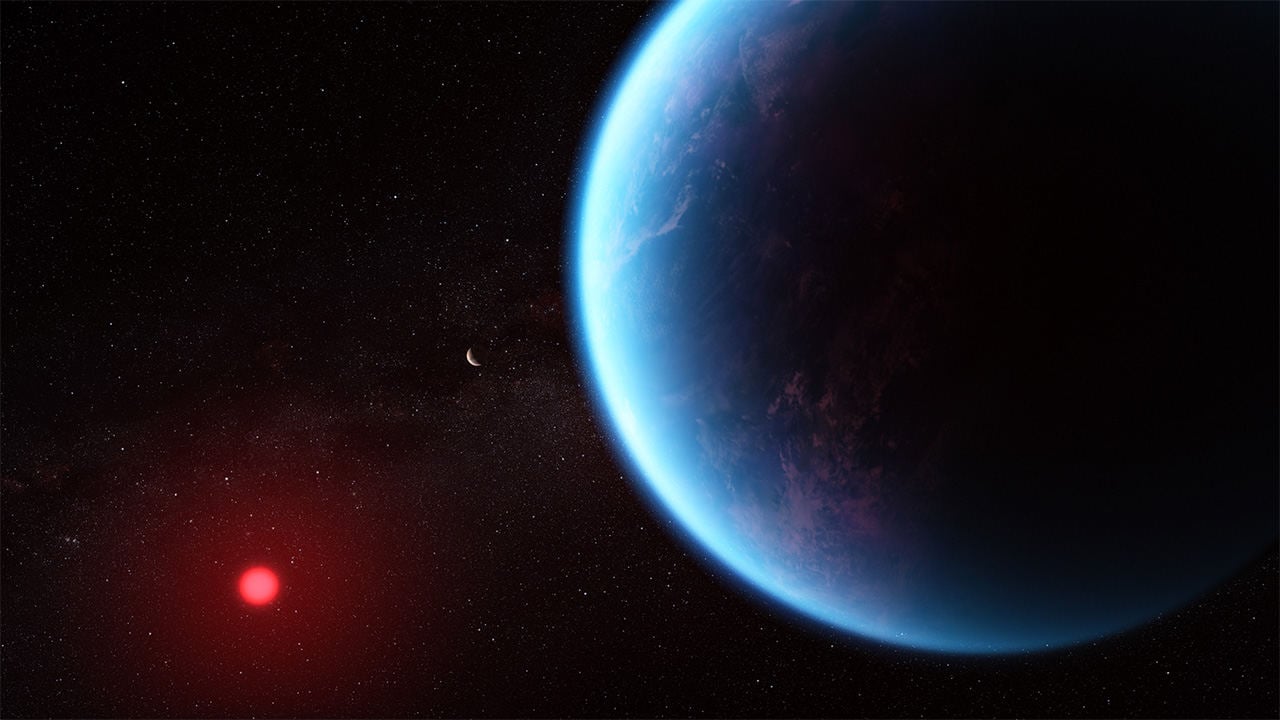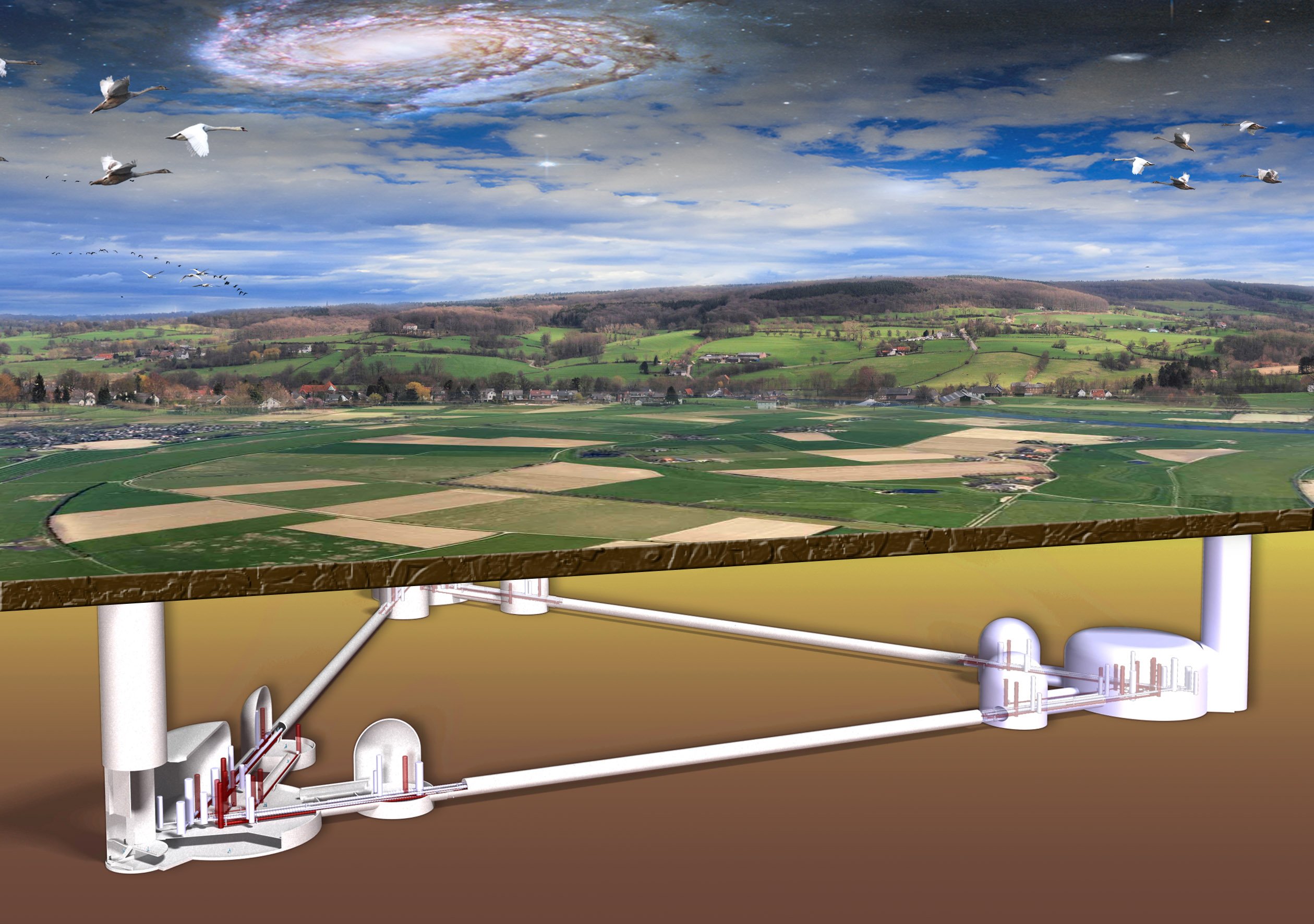
The carbon dioxide recently detected on the surface of Jupiter’s moon Europa is not a mere result of external forces such as meteorites. Instead, it is believed to have originated from the moon’s internal ocean. This finding is significant as it marks the first time astronomers have traced the carbon back to its source, a feat made possible by using the Near-Infrared Spectrograph on the James Webb Space Telescope.
The carbon indicates that it holds the necessary chemicals for life, making Europa a possible host for extraterrestrial life. The carbon dioxide is most concentrated in Tara Regio, suggesting an exchange of material between the surface and the hidden ocean. While no plume activity was detected, its existence can’t be ruled out. This discovery could guide future missions such as NASA’s Europa Clipper and ESA’s Juice mission, which plan to study the potential habitability of Jupiter’s moons. The findings provide a fascinating glimpse into the capabilities of the Webb Space Telescope and its role in studying Jupiter’s moons.
More than water?
The presence of carbon, a key ingredient for life as we know it, suggests that Europa’s subsurface ocean may hold more than just water. The possibility of chemical diversity enhances the moon’s suitability for life, which has been the subject of speculation for many years. Carbon dioxide detection is a step forward in better understanding the composition of Europa’s ocean and its potential habitability.

The carbon dioxide is most abundant in a geologically young region called Tara Regio. Characterized by disrupted surface ice, this region is believed to have experienced an exchange of material between the moon’s subsurface ocean and its icy surface. Previous observations from the Hubble Space Telescope had already indicated the presence of ocean-derived salt in Tara Regio, and the recent discovery of abundant carbon dioxide further strengthens the hypothesis that the carbon originates from Europa’s internal ocean.
The concentration of carbon dioxide in a region of young terrain indicates a geologically recent timescale for its deposition. This points towards an active geological environment, suggesting that Europa’s surface and subsurface are not isolated but rather interact and exchange material. This surface-ocean connection offers a tantalizing glimpse into the composition of Europa’s ocean before even drilling through the ice.
Implications for future missions
The discovery of carbon on Europa has significant implications for upcoming space missions. NASA’s Europa Clipper spacecraft, set to launch in October 2024, will conduct a detailed survey of Europa to determine if its subsurface oceans could support life. The James Webb Space Telescope findings will contribute to the mission’s understanding of Europa’s composition and potential habitability.

Similarly, the European Space Agency’s Jupiter Icy Moons Explorer (JUICE) mission, launched in April 2023, will investigate Jupiter and its moons, including Europa. Carbon dioxide detection will inform JUICE’s exploration of these moons and their surface properties. Thus, the recent discovery serves as a roadmap for these future explorations, guiding them toward areas of potential interest and providing a foundation of knowledge on which they can build.
Webb’s Telescope is a powerful tool
The discovery of carbon dioxide on Europa is a testament to the powerful capabilities of the James Webb Space Telescope. It has provided substantial scientific insights in just a short period, showcasing the potential for future discoveries. By determining the location of specific chemicals, the telescope has become an indispensable tool in the study of celestial bodies.





